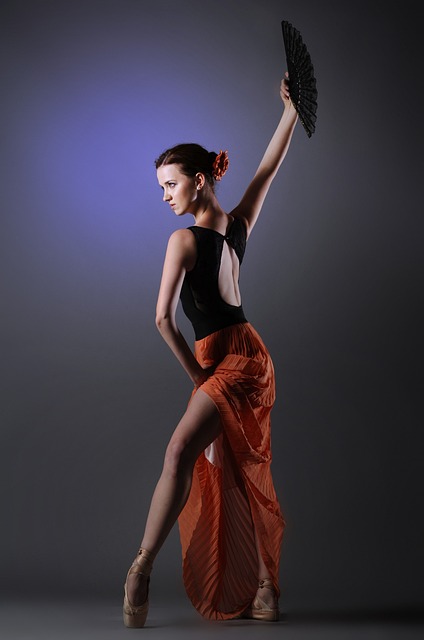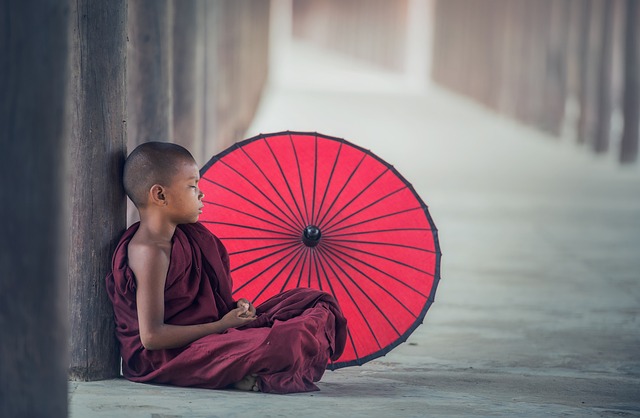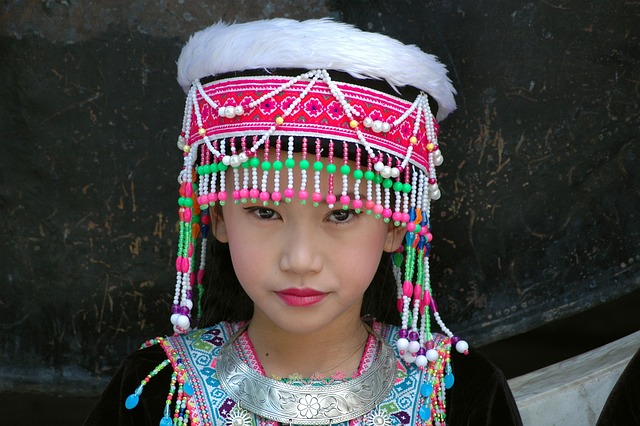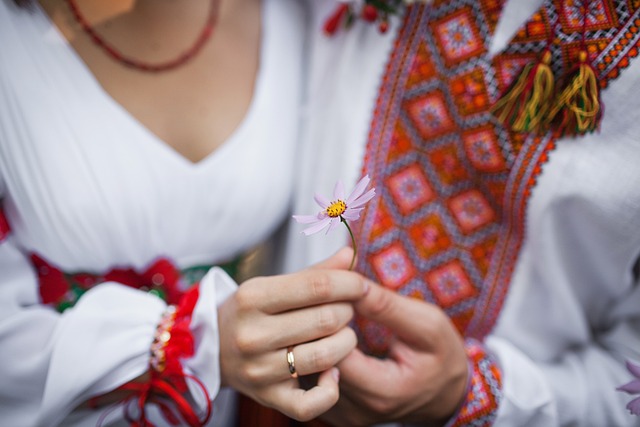
This article, titled 'Stepping to the Rhythms of History: Tracing the Footprints of Dance Through Time,' delves into the rich and diverse world of dance. From its origins in ancient rituals to its role as a form of cultural expression, dance has played an integral part in human history.
This article will explore how dance has evolved alongside social movements and examine the development of various dance styles and techniques over time. Additionally, it will analyze the significance of dance in contemporary society, showcasing its enduring relevance and impact.
Key Takeaways
- Dance has a rich historical significance, serving social, religious, and cultural purposes throughout time.
- Dance is a powerful form of cultural expression, reflecting traditions, values, and customs of communities worldwide.
- Dance has been used as a platform for social movements and activism, challenging societal norms and amplifying the voices of marginalized communities.
- Dance styles and techniques have evolved over time, adapting to societal changes, technological advancements, and new training methods.
The Origins of Dance in Ancient Rituals
The origins of dance in ancient rituals can be traced back through historical records and archaeological findings. Dance holds both historical and spiritual significance, as it provides insight into the cultures and beliefs of ancient civilizations.
Historical significance is evident in the documentation of dance rituals in various ancient texts and artworks. These records allow us to understand how dance was an integral part of social, religious, and cultural practices. Moreover, archaeological findings such as cave paintings depicting dancers further corroborate the existence of early dance rituals.
The spiritual significance of dance is also apparent in its association with religious ceremonies and beliefs. Ancient cultures believed that dance could evoke divine presence or communicate with spirits, making it a powerful tool for connecting with the spiritual realm.
By examining these historical and spiritual aspects, we gain a deeper appreciation for the role of dance in ancient societies.
Cultural expression is exemplified through the art form of dance. Dance holds immense cultural significance as it reflects the traditions, values, and customs of a particular community or society. It serves as a powerful medium to convey emotions, tell stories, and preserve cultural heritage.
Diversity: Dance showcases the diverse range of cultures around the world, with each culture having its unique styles, movements, and costumes. From classical ballet to traditional folk dances, each dance form represents a specific cultural identity.
Rituals and Festivals: Many dances are performed during religious ceremonies or festive occasions to honor deities or celebrate important events in a community's history. These dances often have deep-rooted meanings and symbolize spiritual beliefs or historical narratives.

Cultural Preservation: Through dance, traditional customs and practices are preserved and passed down from one generation to another. It acts as a link between the past and present, ensuring that cultural traditions remain alive.
Overall, dance as a form of cultural expression not only entertains but also educates individuals about different societies' rich histories and beliefs while promoting freedom of artistic expression.
Dance and Social Movements
Dance has been utilized as a means of expression in various social movements. Protest dance, specifically, has emerged as a powerful tool for activism throughout history. This form of dance aims to challenge societal norms and bring attention to social issues through movement and choreography. By using their bodies to communicate messages of resistance, dancers have the ability to captivate audiences and inspire change.
Protest dance can take many forms, from traditional folk dances that symbolize cultural identity and resistance, to contemporary styles that blend elements of street dance and performance art. It is a medium that transcends language barriers and connects people on a universal level.
In addition to its expressive qualities, protest dance serves as a platform for marginalized communities who may not have access to traditional channels of power. By reclaiming public spaces through collective movement, dancers are able to amplify their voices and demand visibility for their causes.
Overall, the use of dance in social movements highlights its potential as a transformative force for societal change. Through its physicality and emotional resonance, protest dance possesses the ability to ignite conversations, challenge systems of oppression, and mobilize communities towards freedom.
Evolution of Dance Styles and Techniques
Evolution of dance styles and techniques can be observed through the transformation and adaptation of movement vocabulary, physicality, and artistic expression. The evolution of dance aesthetics has been influenced by various factors, including societal changes, cultural shifts, and technological advancements.
Here are three key aspects that highlight the evolution of dance styles:
Movement Vocabulary: Dance styles have evolved over time with new movements being added to the existing repertoire. Choreographers have experimented with different techniques and incorporated diverse influences to create innovative movement vocabularies.

Physicality: The physicality of dancers has also changed over time. Technological advancements in training methods and nutrition have enabled dancers to push their physical limits, resulting in more athletic and acrobatic performances.
Influence of Technology: Technology has revolutionized the way dance is created, performed, and experienced. From motion-capture technology to interactive projections, dancers now incorporate digital elements into their performances, expanding the possibilities for creative expression.
The evolution of dance styles and techniques reflects an ever-changing artistic landscape shaped by historical events, cultural influences, and technological advancements.
Dance in Contemporary Society
In contemporary society, the prominence and accessibility of dance performances have significantly increased due to advancements in technology and the widespread availability of dance education programs.
Dance is no longer limited to traditional venues such as theaters or concert halls; it has become a ubiquitous presence in our daily lives through various media platforms.
Technological advancements have enabled live streaming of dance performances, allowing audiences around the world to engage with the art form from the comfort of their own homes.
Moreover, dance education programs have expanded both in schools and private institutions, providing opportunities for individuals of all ages and backgrounds to learn and appreciate dance.
Additionally, the therapeutic benefits of dance have gained recognition, leading to the emergence of dance therapy as a viable form of treatment for physical, emotional, and cognitive conditions.
Furthermore, dance competitions have proliferated globally, providing a platform for dancers to showcase their skills and gain recognition within the industry.

Overall, these developments signify an era where dance is more accessible than ever before and its impact on society continues to grow.
Frequently Asked Questions
What are some common health benefits of dance?
Dance offers numerous health benefits, including improved physical fitness and mental well-being. It helps enhance cardiovascular endurance, flexibility, strength, and coordination. Additionally, dance has been shown to reduce stress and anxiety while promoting self-expression and creativity.
How has technology influenced the evolution of dance?
Virtual reality and motion capture technology have greatly influenced the evolution of dance. They have allowed dancers to explore new movements and create immersive performances, revolutionizing the way audiences experience and engage with dance.
Are there any famous dancers from ancient civilizations?
Famous dancers from ancient civilizations hold cultural significance. Their mastery of dance showcased the importance of movement and expression in these societies. Their legacies continue to inspire and shape the art form today.
What are some traditional dance forms that have been preserved throughout history?
Traditional dance forms have been preserved throughout history, serving as a means of cultural preservation, storytelling, self-expression, and social cohesion. Additionally, dance has played a significant role in ancient civilizations and continues to promote physical fitness, therapy, and cultural exchange.
How do different cultures incorporate dance into their religious ceremonies?
Different cultures incorporate dance into their religious ceremonies by using dance symbolism to express their cultural beliefs and values. It is a way for them to connect with the divine and communicate their spiritual experiences.
 SportsHollywoodLifestyleFashionHome & GardenTrendsPrivacy PolicyTerms And Conditions
SportsHollywoodLifestyleFashionHome & GardenTrendsPrivacy PolicyTerms And Conditions
